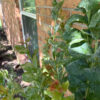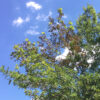How Does Summer Weather Affect Oak Tree Health in Dallas-Fort Worth?

As we transition out of Oak Wilt season we are now in the thick of extreme heat and long days in full sun. Summers in Dallas-Fort Worth can be quite intense with soaring temperatures and little rainfall. This extreme weather can have significant effects on the health of oak trees in the region. Understanding these effects is crucial for maintaining healthy oak trees during the summer months. Just because it is now safe to trim oak trees without fear of oak wilt transmission does not mean it is always the best choice; this is especially true for stressed oak trees, and trees with thinner bark and leaves.
Impact of High Temperatures on Oak Trees
High temperatures can stress oak trees, leading to wilting and potential long-term damage. The heat increases water evaporation, challenging the tree’s ability to retain moisture. During extremely hot days, photosynthesis can also be impaired, impacting the tree’s growth and vitality.
When considering care for oak trees in the summer, it’s essential to note that extreme heat causes significant water loss through transpiration. This makes it difficult for the roots to maintain moisture levels crucial for the health of both the leaves and branches. As a result, trees may develop scorched leaves, a common symptom of heat stress.
To combat these challenges, positioning your oak trees around shaded environments or introducing new shade sources can stave off some of the heat’s intensity.
Effect of Drought Conditions
Drought conditions common in Dallas-Fort Worth summers exacerbate water stress, making trees more susceptible to disease and pests. Proper irrigation is essential to ensure survival. During periods of insufficient rainfall, it’s critical to implement a strategic watering schedule.
To maximize effectiveness, consider implementing a drip irrigation system. This tool is invaluable for delivering water directly to the roots, minimizing waste and ensuring the tree gets precisely the amount it needs.
Reducing water loss during drought can also be achieved by fostering healthier soil. Adding organic matter to the soil enhances its water retention capabilities and improves the overall soil structure, making it more conducive for root growth.
Pest and Disease Challenges
Weakened by heat and drought, oak trees are often more vulnerable to pests like borers and scales. It’s important to monitor and manage these threats to prevent further damage. Regular inspections are crucial; look for telltale signs like small holes or sawdust-like frass on the bark.
Implementing integrated pest management (IPM) strategies can significantly enhance your ability to handle pest problems. IPM emphasizes the use of natural predators and reduced chemical usage to control pest populations effectively.
Additionally, it’s vital to stay informed about regional pest outbreaks. Joining local arborist communities or forums can provide real-time updates and allow you to take action swiftly if pest numbers rise in your neighborhood.
How to Properly Water Oak Trees
Watering deeply but infrequently helps maintain moisture levels. It’s best to water in the early morning or late evening to minimize evaporation and ensure efficient absorption. The use of a soaker hose or drip irrigation system can be particularly beneficial in directing water precisely where it’s needed most.
For oaks, a thorough soaking that reaches about six inches deep is generally sufficient. This method encourages roots to grow deeper, making them more resilient against drought conditions.
Monitoring soil moisture is equally important. A moisture meter can be a handy tool to ensure that you’re not overwatering. Keeping a consistent check increases the likelihood of maintaining an optimal environment for your oaks.
Importance of Mulching
Applying a light layer of mulch around the base of the tree helps retain soil moisture and regulates soil temperature, providing a buffer against extreme weather. Mulch should be spread evenly,no deeper than 1-2 inches deep, but be careful to keep it away from the tree trunk to allow for proper airflow and prevent additional issues.
In addition to its moisture-retention properties, mulch also acts as an effective weed barrier. This reduction in competition for resources allows the oak tree’s roots to thrive. Organic mulches, like wood chips or shredded leaves, gradually decompose, enriching the soil over time.
Consider seasonal mulch renewal as part of your regular oak tree maintenance. Revitalizing the mulch annually can enhance its protective properties and contribute to the ongoing health of the tree.
Best Practices for Pruning in Summer
Pruning should be limited during summer to avoid stressing the tree further. Focus on removing dead or damaged branches to promote healthy growth. Careful and strategic pruning helps maintain the tree’s structural integrity and encourages proper air circulation through its canopy.
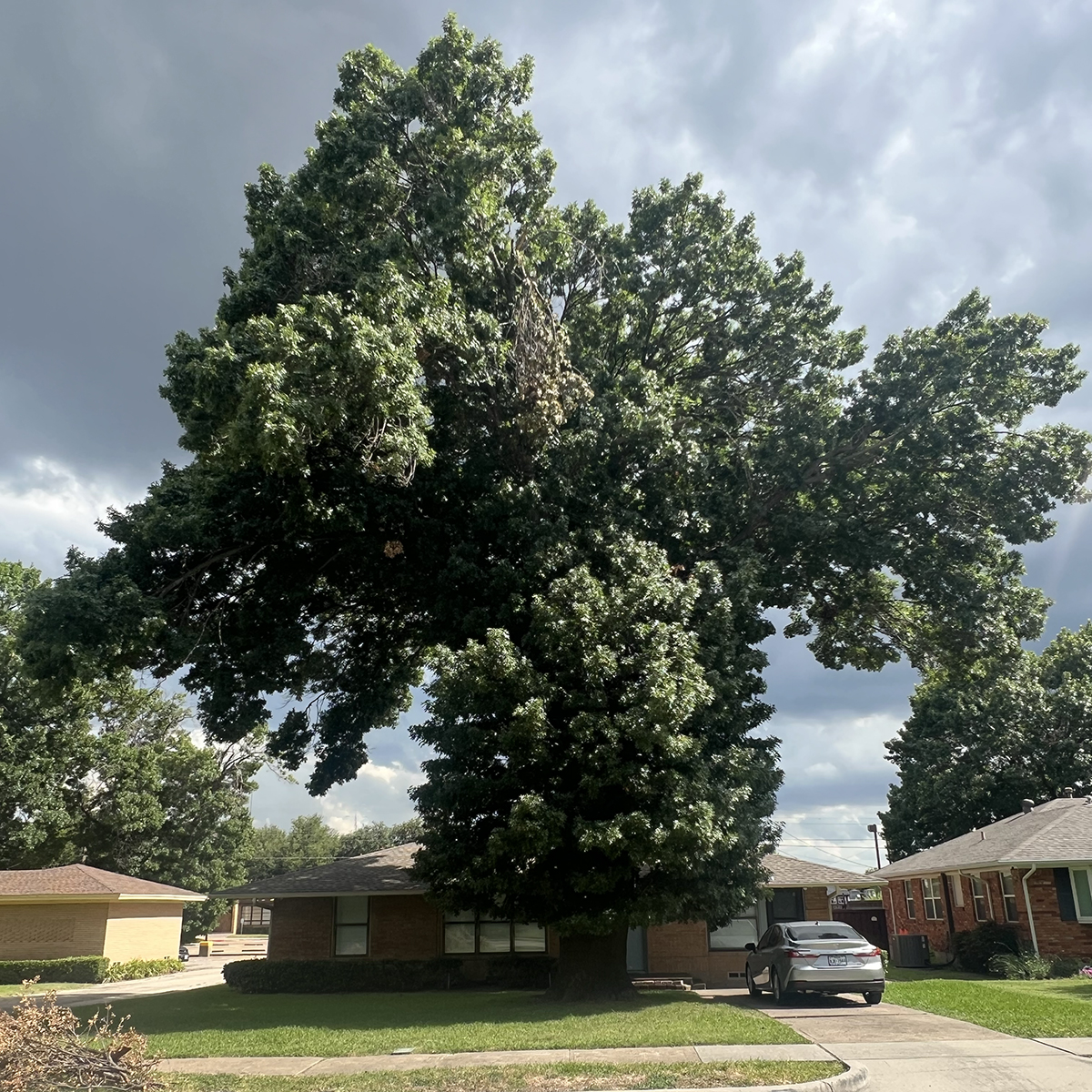
Summer pruning should generally be reserved for removing diseased limbs, alleviating risk, or ensuring safety. Performing these tasks judiciously actually aids in reducing stress and preventing further damage.
If unsure about pruning techniques or timing, consulting with a certified arborist can provide peace of mind and guarantee proper care for your oak trees. For professional pruning services or guidance, consider reaching out to Texas Tree Surgeons for expert advice.
Proactive Care for Thriving Oak Trees
By understanding the effects of summer weather on oak trees in Dallas-Fort Worth and taking proactive measures, you can ensure that your oak trees remain healthy and vibrant. Remember to provide adequate water, protect them from pests, and choose the right time for pruning. With a little attention and care, your oak trees will thrive even in the hottest months. Visit our blog page for more tips and professional guidance on oak tree care.

At Texas Tree Surgeons we love trees. While oak wilt is not a threat currently now that we are out of oak wilt season it does not mean we should be trimming all oak trees. Summer is a stressful time for trees due to the extreme heat. Be mindful of over pruning, and make sure you provide adequate water for your oak, and all trees this summer. Concerned about your trees health? Give us a call for an arborist assessment.
Related Blogs
Similar blogs related to this topic

Top 10 Things We'd Tell You as an Arborist if We Weren't Afraid of Hurting Your Feelings
This is a list of tree care worst practices that you, or someone you know may be guilty of. Read the following list at your own risk. You’ve been warned, feelings may get hurt. 1.…
Read more
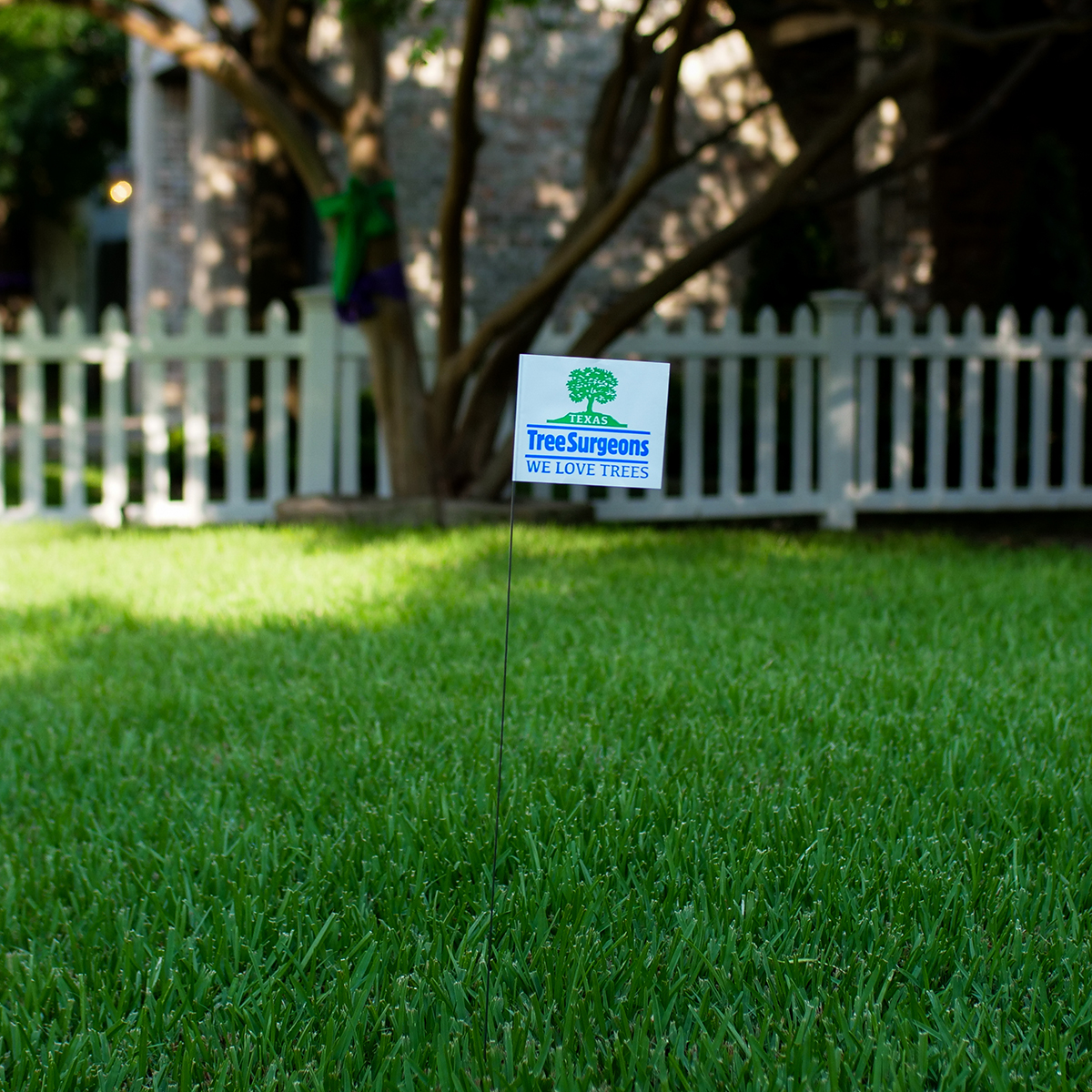
Avoid These Tree Care Mistakes for a Healthy Landscape
Below is a list of overlooked mistakes that could jeopardize the health of your trees. From missteps in pruning to incorrect watering practices, discover how to give your trees the care they deserve. Red oak…
Read more
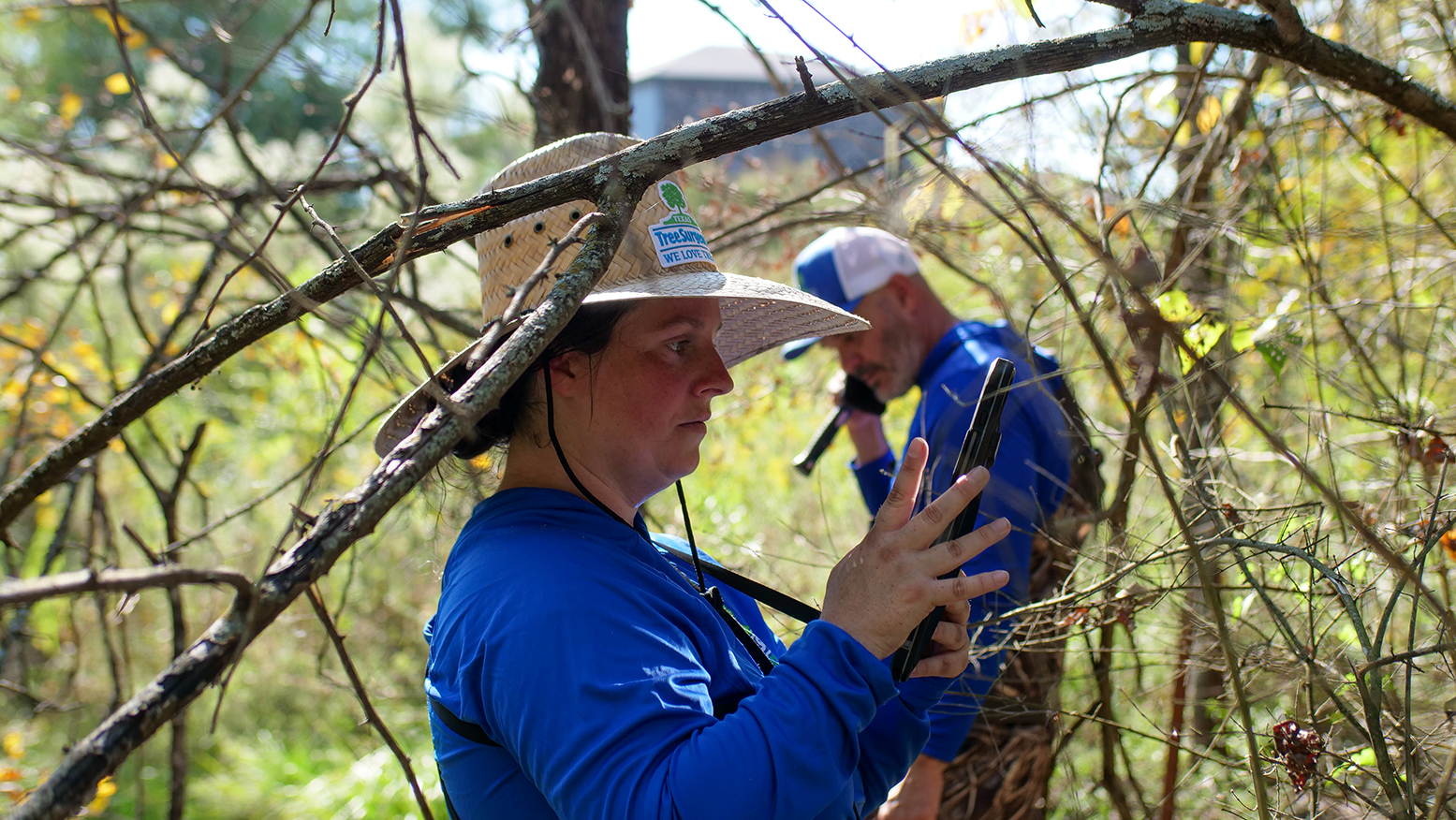
Why do Arborists Recommend Soil Sampling in Urban Areas like Dallas?
Soil sampling is a crucial practice in urban areas like Dallas. It helps arborists make informed decisions about your landscape to ensure a healthy urban ecosystem. Our native soils vary widely—from the dense clays of…
Read more